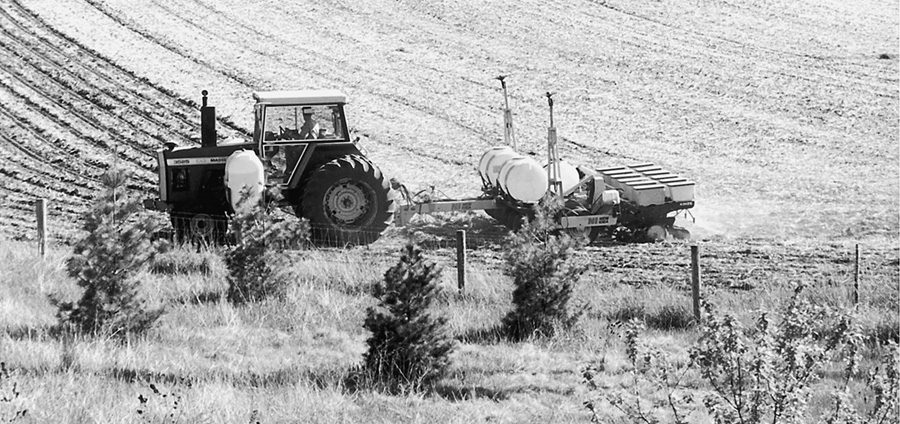No-Till Farmer
Get full access NOW to the most comprehensive, powerful and easy-to-use online resource for no-tillage practices. Just one good idea will pay for your subscription hundreds of times over.

A few years ago, David Dukes, a no-tiller who farms highly erodible land in southwestern Iowa, was interested in protecting his land from erosion. His primary goal: avoid water erosion.
That goal remains today, but now it encompasses much more than just water. Today, he takes into account aerobic erosion, carbon sequestration and soil quality, and thinks other no-tillers should do the same.
Why? Because he maintains that soil quality impacts much more than just farms. The way your soil is managed has much larger implications when you consider the impact that erosion and greenhouse gases have on the public, says the Bedford, Iowa, no-tiller.
“We have a closer connection with the public than ever before,” he says, adding that no-tillers are increasingly counted on to be stewards of air, water and soil.
No-till can be used to curb erosion and sequester carbon to help capture greenhouse gases. But it may require changing your soil management techniques to get the job done.
Fortunately, there are tools already available to help no-tillers and other farmers make the change, says Dukes. And there are also some new concepts and terminology to consider.
“Since soil erosion usually conjures up images of gullies or dust, you generally think of physical movement of soil particles,” says Dukes. “But you also need to think of aerobic erosion or the degradation of soil particles through extreme exposure to oxygen. Cutting through soil with the moldboard plow in a conventional tillage system, for example, introduces oxygen…